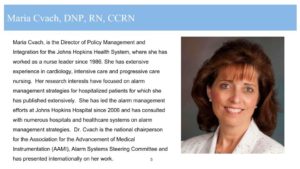Great news–our video last week was watched over 25,000 times! Let’s keep working to transform that awareness into progress for patient safety.
This week in #patientsafety, PPAHS Founder and Executive Director Michael Wong, JD, penned an article for Healthcare Business Today on what makes “good” hospital leadership. From around the web, a study looks at the relationship between readmission rates and caregiver involvement in discharge discussions. Another study looks at factors associated with alarm response time. And a doctor asks if her peers have noticed an increase in inquiries about NSAIDs with growing awareness of the opioid epidemic.
From PPAHS:
“Good” Hospitals Require Real Leaders. How can you tell the difference between a “good” hospital and a “bad” one?
From Around the Web:
Study: To reduce readmissions, involve caregivers in discharge planning. A study finds that involving caregivers in discharge discussions was associated with a 25% reduction in the likelihood of an elderly patient being readmitted to the hospital within 90 days of discharge.
Video Analysis of Factors Associated With Response Time to Physiologic Monitor Alarms in a Children’s Hospital. Nurses who responded faster included those who were earlier in their shifts, had less than 1 year of experience, previously responded to an alarm requiring intervention, were caring for only 1 patient, and were responding to an alarm for lethal arrhythmia.
More information on NSAIDs & CV risk. A doctor looks at research on the cardiovascular risks of NSAIDs as patients appear to ask about them more frequently.


